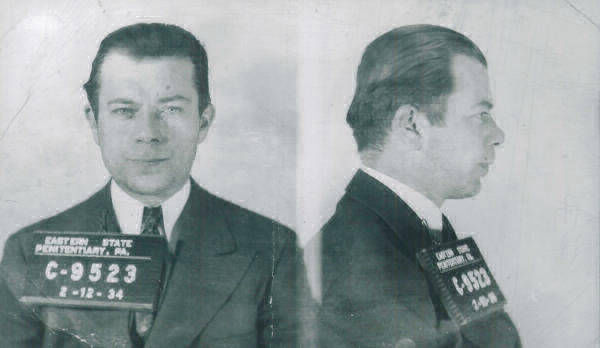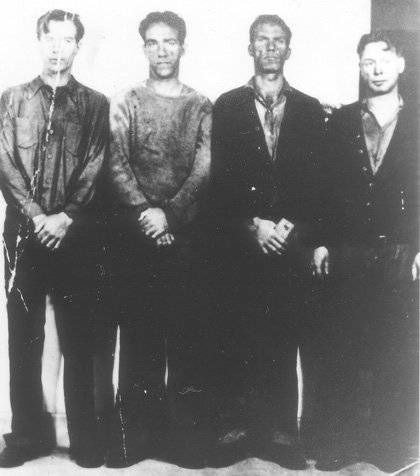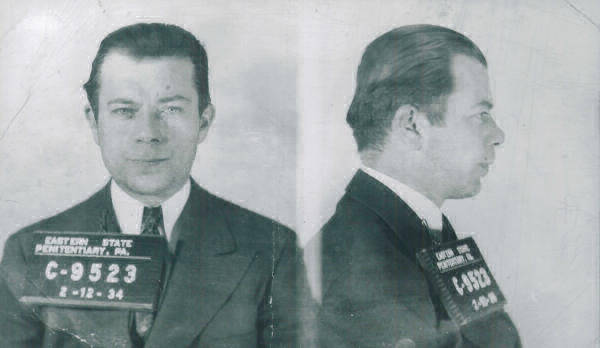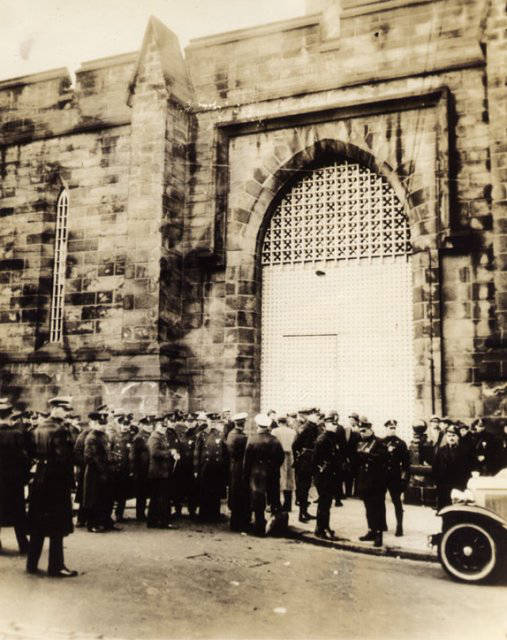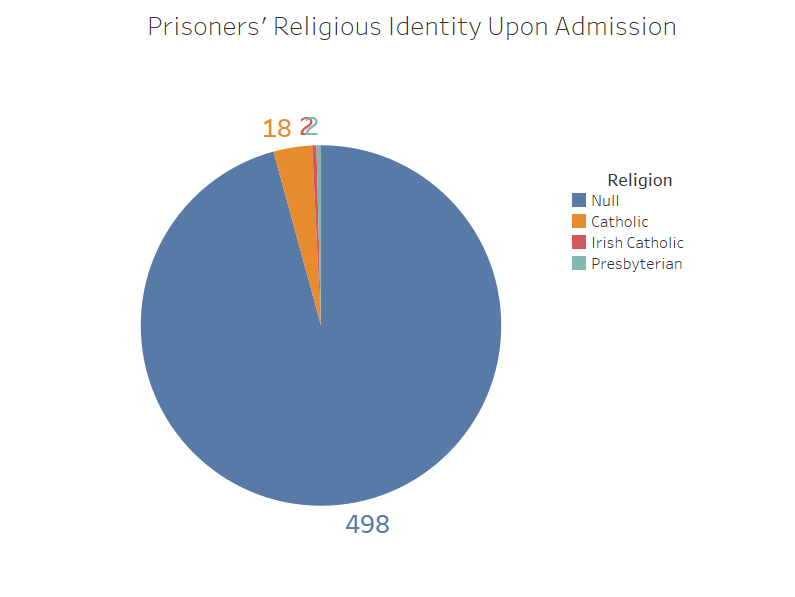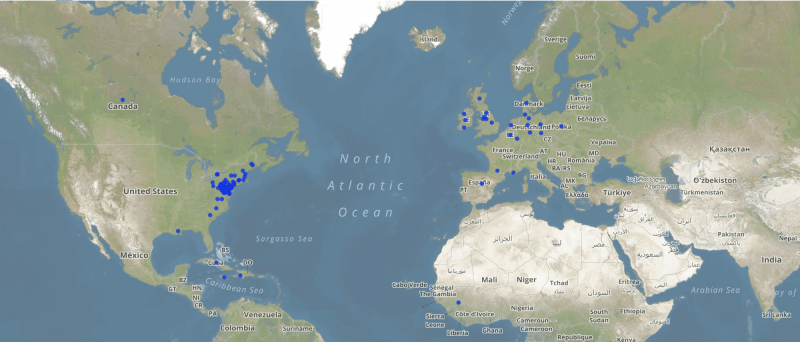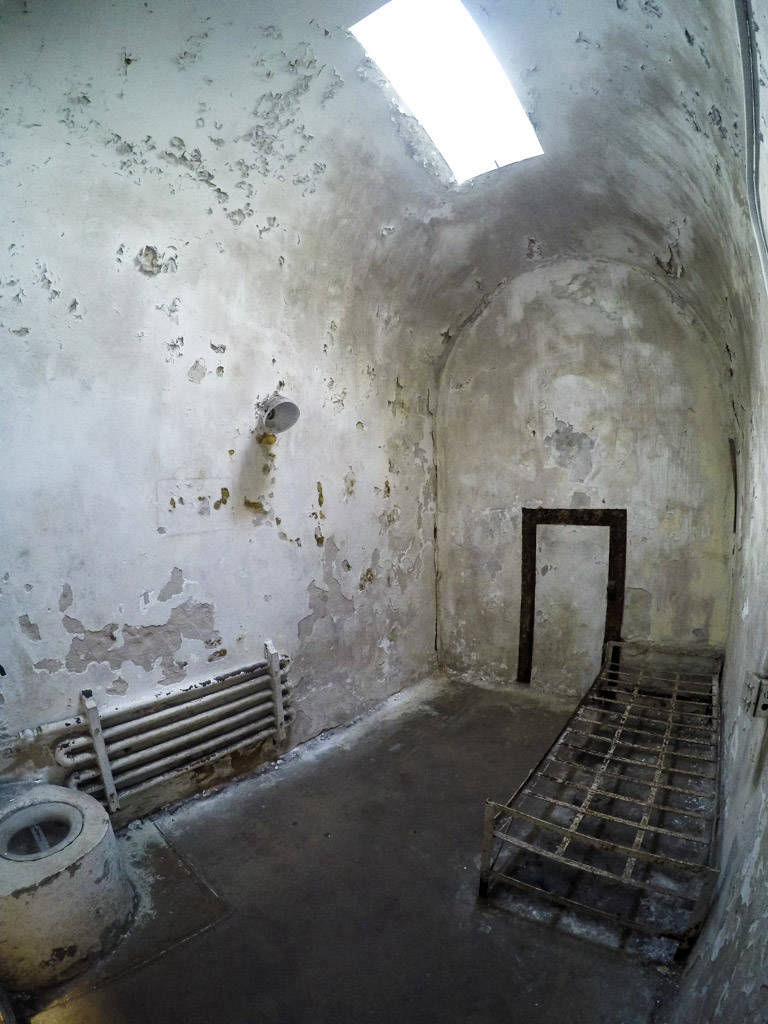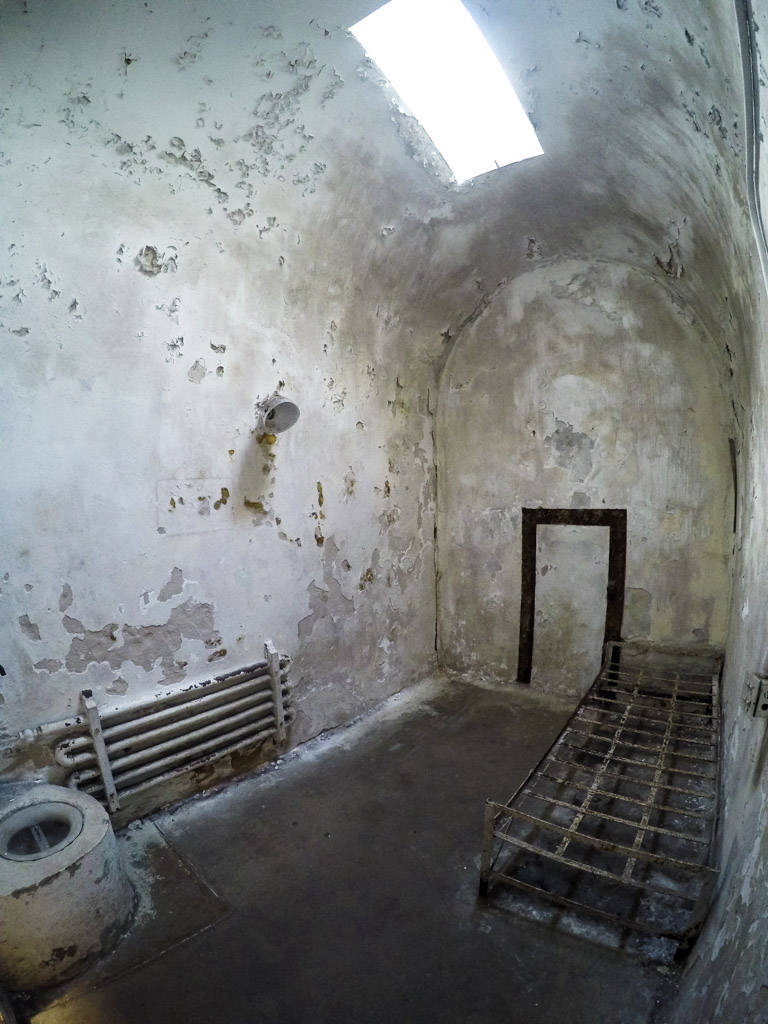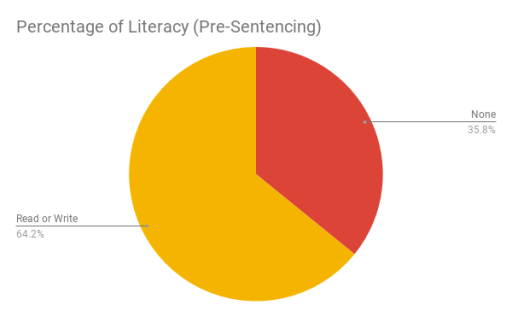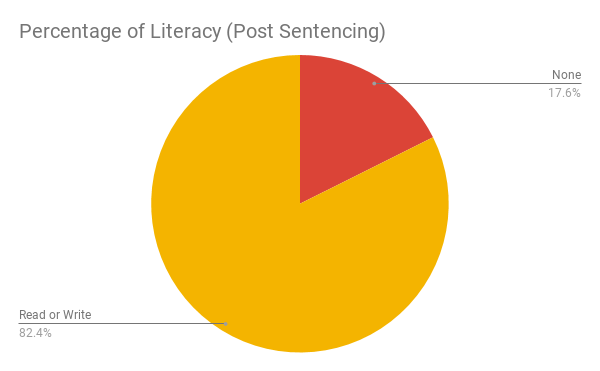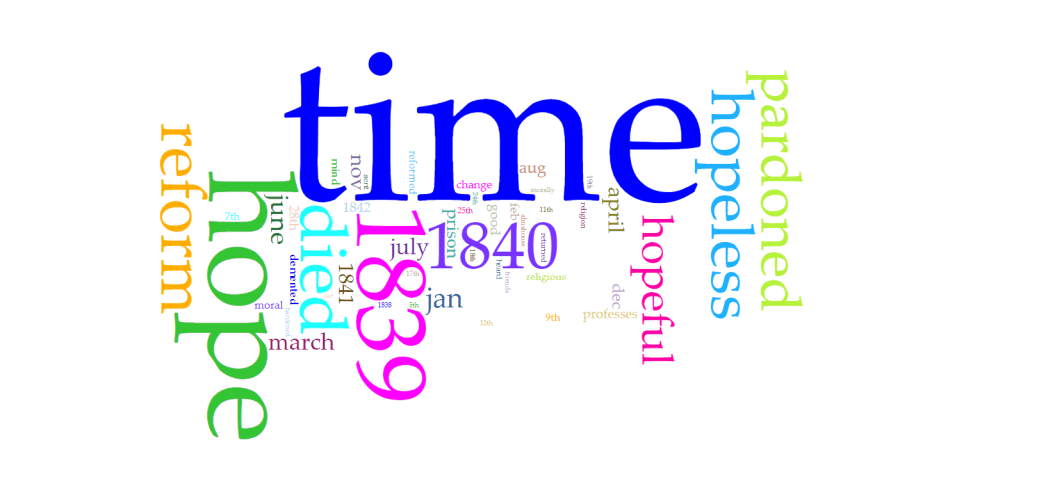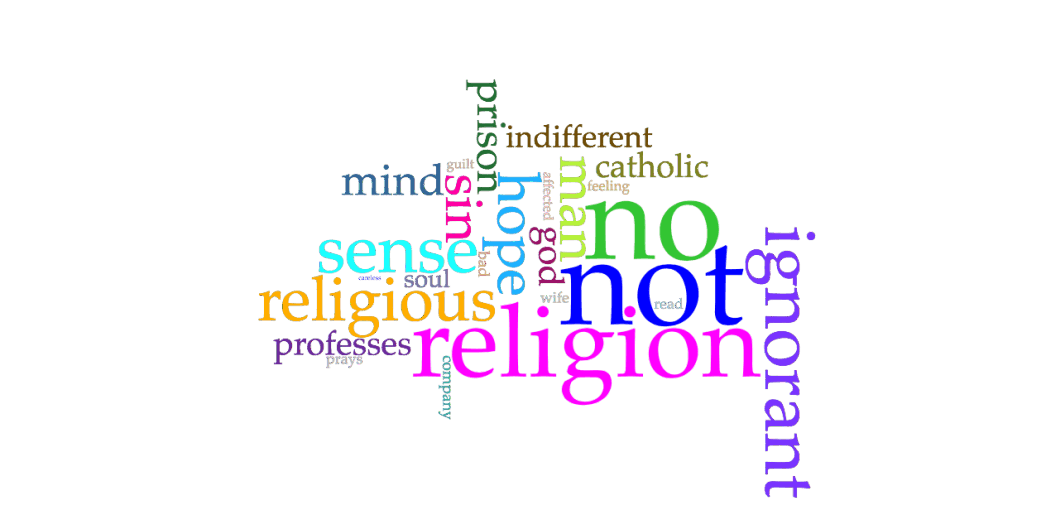
Welcome to the Eastern State Penitentiary
Images of the architecture and prisoners were included to give visual context

Upon admission, caucasians, catholics, mulattos, bricklayers, barbers, blacksmiths, sailors, architects, mobsters, dogs and more entering the stone walls of Eastern State Penitentiary began their new lives with their identifying mugshots. Despite their different backgrounds and characters, each prisoner was restrained and pinned with an identification card to their lapel. Each photograph began another long, solitary process of revolutionary reformation inside the famous Eastern State Penitentiary in Philadelphia, Pennsylvania in which prisoners experienced years of solitary reflection, religious preaching, and vis-a-vis meetings with the prison’s warden.

